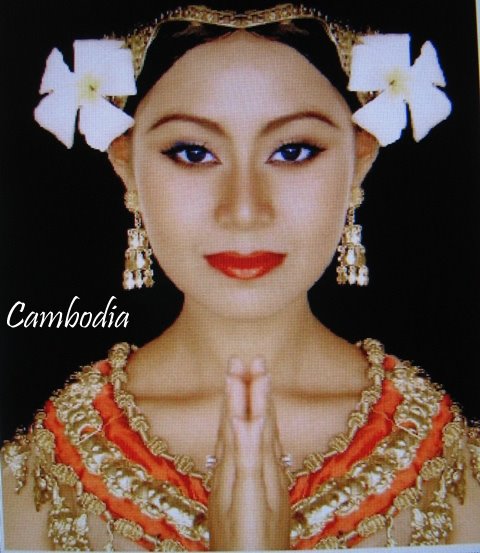Haet ey bahn jea pro'thes japon luut los la'aw?
mok pi thoh su rean, chbab theung, samaki komnit.
Heuy bontime thiet keu jes luoch domress pi ke:
Shu-
komnit rir ah'vey ah'vey dael mean heuy yerng yoak veah mok REAN thol thier jess ouy yul mane thane.* sas japon jol chet luoch komnit mok pi amerik heuy neng ahrup(europe).*
*Ha,
yerng rean komnit pi ke ruoch heuy, yerng yoak mok bonjoal neng domress pi kluan dael tlob rean pi mun.
Ri,
komnit pi ke boak neng komnit pi kluan dak jol kneah ruoch heuy yoak mok pholit ouy bahn la'aw lers pi derm.
Please read this article:

(the original text is Japanese)
Compared to fifty years ago, Japan has become more closely linked to other countries as Japanese corporations have entered overseas markets. To live together in a borderless international community, the people of each country must have a sense of belonging to their own nation and have a clear sense of national identity. The concept that “culture = brand” at the national level differentiates one country from the other nations in the global community and strengthens that country’s competitive spirit. A brand’s uniqueness is amorphous. This means that the value of a brand is created through the image people have of that brand in their minds.
In the case of Japan, I think that the “image people have of a brand in their minds” is an aspect of the Japanese philosophy of “Shu-Ha-Ri” which I came to know from kendo, I started during my thirteen-year stay in New York. In brief, “Shu-Ha-Ri” stands for the three stages of skill mastery: the Chinese character Shu


0 Comments:
Post a Comment
Subscribe to Post Comments [Atom]
<< Home